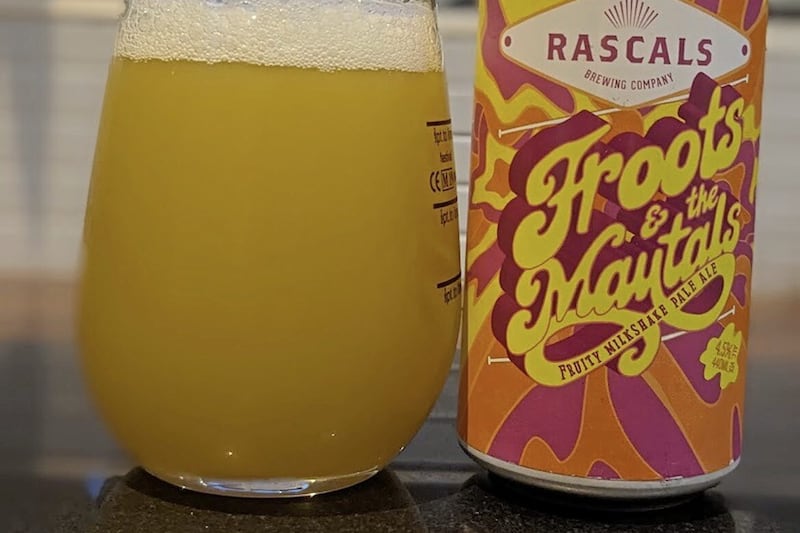EVERY so often, while drinking with like-minded beer lovers, conversation eventually meanders towards the over-arching, slightly philosophical question of what is craft? The answers are usually varied and reveal much about the approach to beer many brewers and drinkers alike take.
In the US, you can get various descriptions of craft beer. One is beer which comes from a ‘small and independent brewery’ and another is brewery which produces just under two million litres of beer a year.
Others will say that craft depends a lot on the style of beer while others will argue that the ownership of a brewery is key. Many breweries which have traditionally been classed as craft have sold off large chunks of their company to ‘big beer’. Now, the goalposts appear to have been shifted again and now a brewery which is 75 per cent independently owned can be classed as craft.
To me, craft brewing is all about freedom. The brewer or brewers have the freedom to choose which beers they want to brew and can experiment with different styles and ingredients without worrying about spreadsheets and having marketing types in their ear all the time.
Independence is therefore the vital ingredient in craft beer and that goes for all breweries, whether you’ve been brewing for a matter of months, or for almost 200 years like Timothy Taylor.
Timothy Taylor founded his brewery in Bingley, in West Yorkshire in 1826 and it has remained in his family ever since. Their cask beer is served in dozens of dedicated pubs across the north of England, but perhaps their most famous beer, Landlord, is also available in bottles in many off-licences and supermarket here.
Landlord has had a wealth of awards bestowed on it since it was first brewed in 1952 and it is a testament to the quality of this beer that it is still drawing acclaim.
It's a classic English pale ale which comes in at 4.3 per cent. I picked up a pint bottle at my local Tesco and it pours a light amber colour with a white head which has the look of deep, freshly-fallen snow.
The bubbles rush up the glass like the inside of a snow globe and the sweet malt flavours combine well with the herby and earth bitterness from the hops.
It’s a beer which never fails to hit the spot for me and whose longevity is the greatest indication of its quality.







